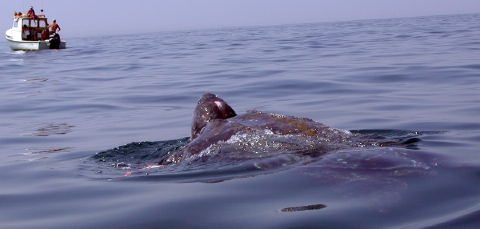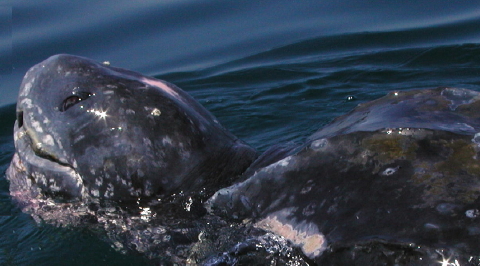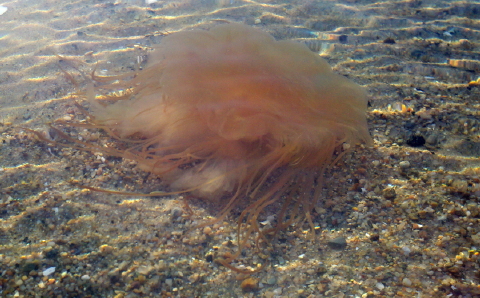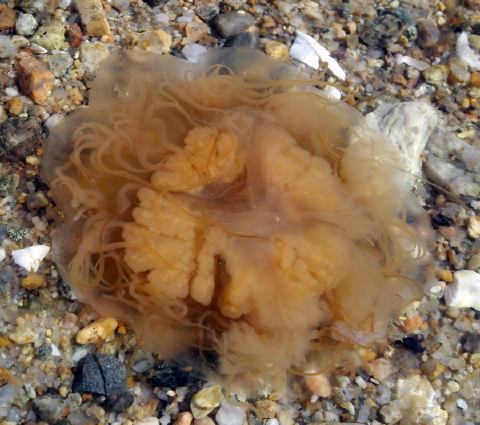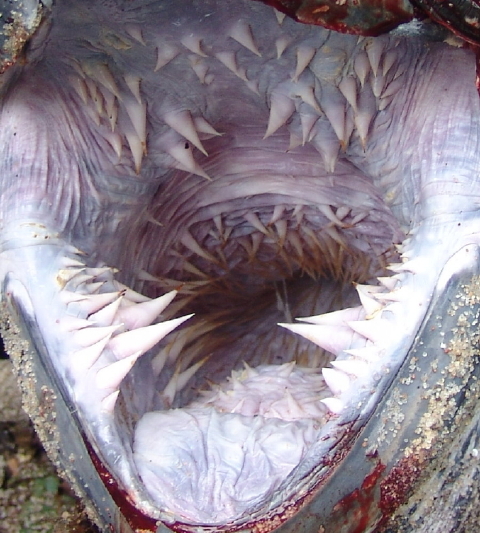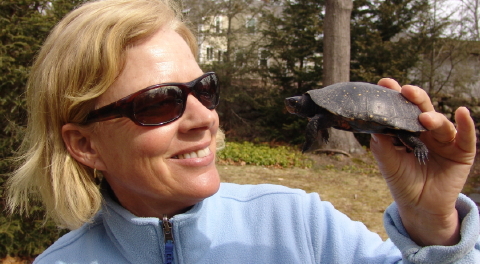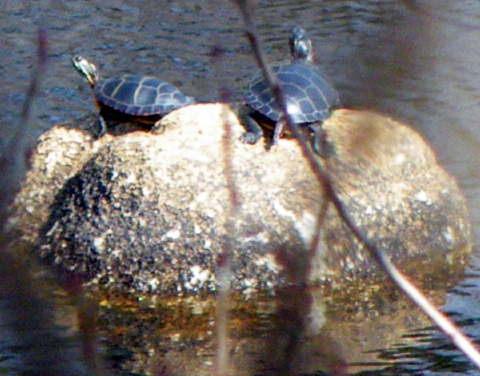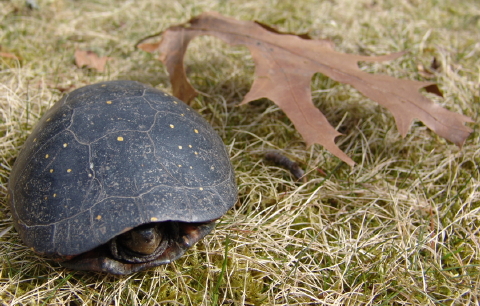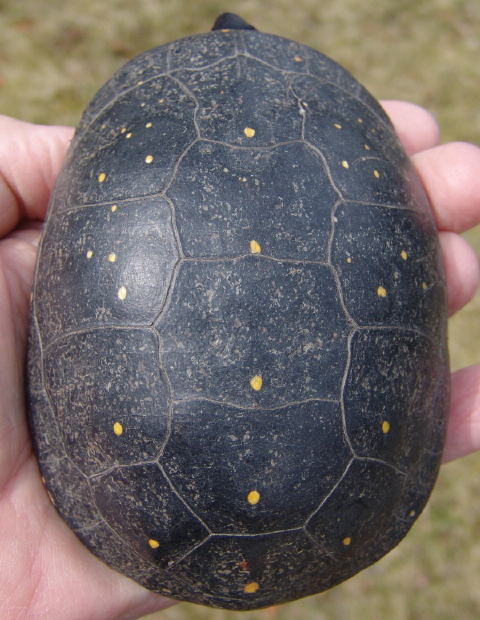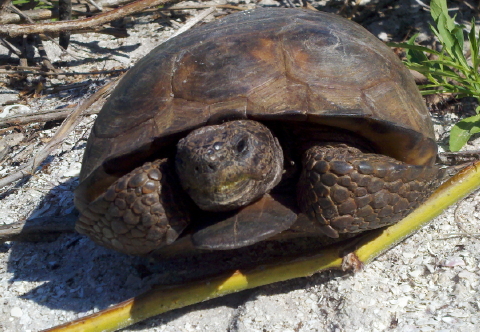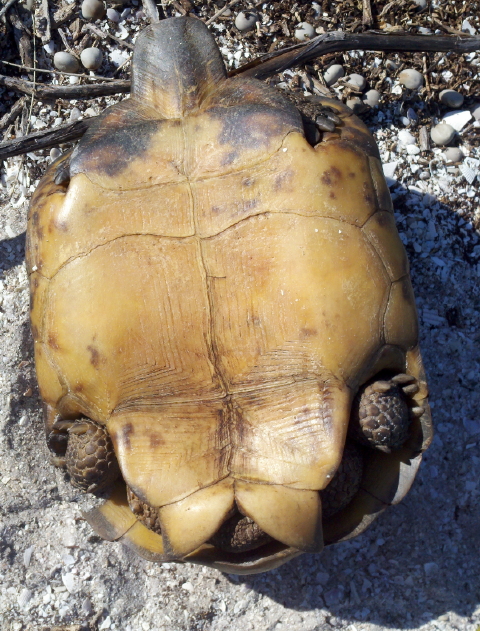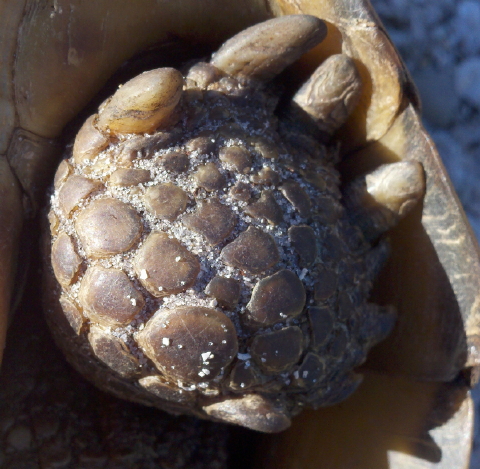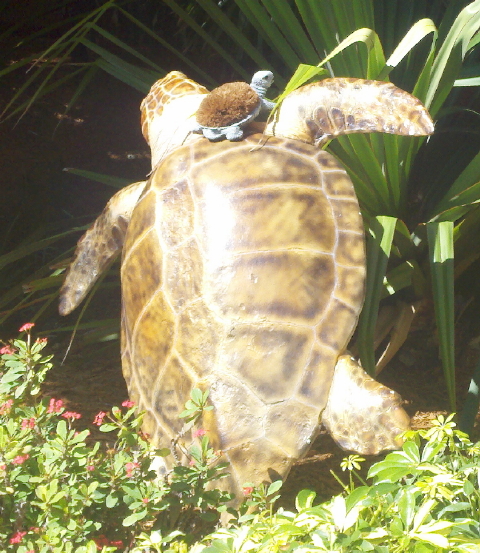Return of the Leviathans!
Each spring brings the return of giant leatherback sea turtles to Buzzards Bay in Massachusetts. These massive sea turtles, an anachronistic relic of prehistoric times and the most massive living reptile on Planet Earth, are a globally endangered species listed as critically endangered by the IUCN. Adults can reach more than 8 feet in length and 2000 pounds in weight. According to the U.S. Fish and Wildlife Service, “The leatherback is the largest, deepest diving, and most migratory and wide ranging of all sea turtles.â€
Leatherback Sea Turtle (Dermochelys coriacea)
Leatherbacks achieve this massive size by feasting on a diet almost exclusively composed of jellyfish. They follow jellyfish blooms across the Seven Seas. In Buzzards Bay, the attractive prey that entices leatherbacks to return each year is lion’s mane jellyfish (Cyanea capillata).Â
Lion’s Mane Jellyfish (Cyanea capillata)
So, each spring the Turtle Journal team watches the shores of Buzzards Bay for the first appearance of a lion’s mane bloom, which presages the arrival of our favorite leviathans. Today, ten days later than last year, the first lion’s manes appeared along Silvershell Beach in Marion. Now that Buzzards Bay is filling with lion’s mane jellyfish, we can anticipate the arrival of the season’s first repitilian leviathans in a matter of weeks.
Lion’s Mane Jellyfish in Buzzards Bay
If jellyfish are the breakfast, lunch and dinner of these giants, how are leatherback sea turtles configured to exploit this unusual diet to gain such massive sizes? Since jellyfish congregate in patches amidst the vast empty distances of the oceans, how can leatherbacks take advantage of a good spot when it comes along in their pelagic journeys?
Mouth of a Leatherback Sea Turtle
Look at the the enormous mouth of the leatherback sea turtle and its specilized esophagus lined with long, downward pointing spikes. For a jellyfish, and anything else that enters, the leatherback GI system is a one way journey downward. When a leatherback runs into a patch of jellyfish it gorges itself, filling its mouth, esophagus, stomach and intestines with a bulging mass of food. Another interesting anatomical feature of the leatherback is its enormous liver which processes the generous supply of toxins that it consumes from its jellyfish prey.
